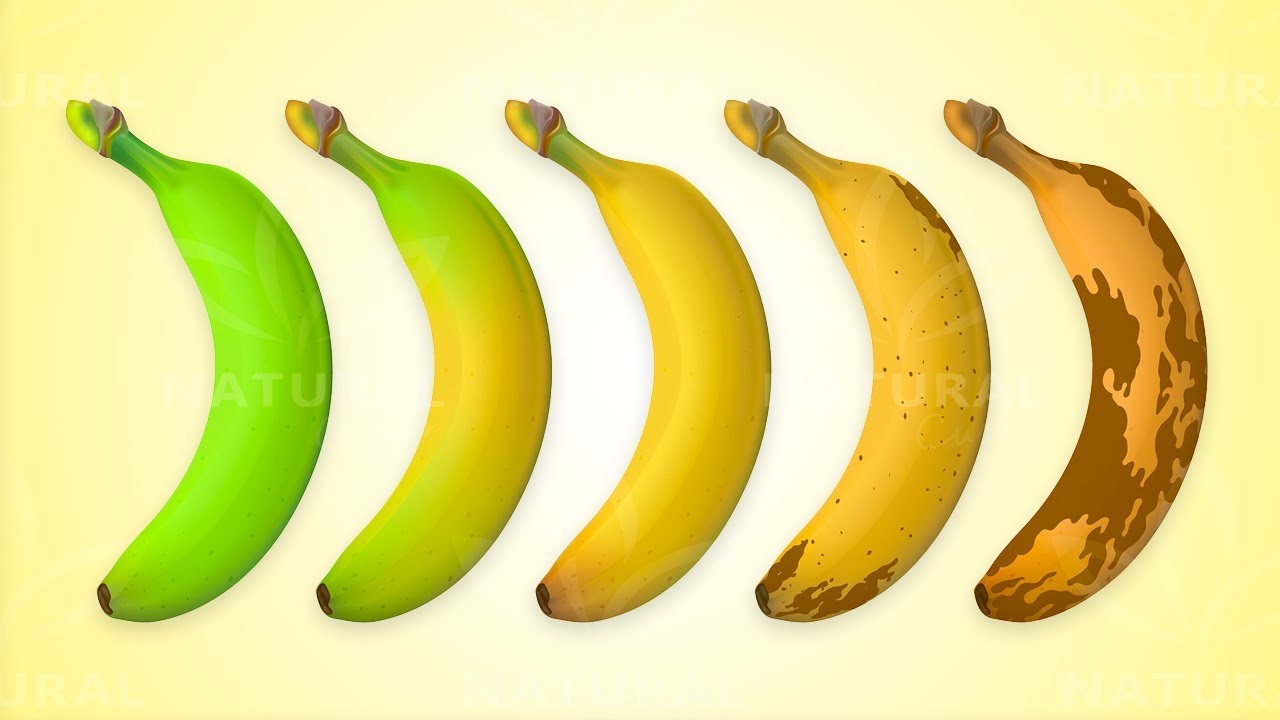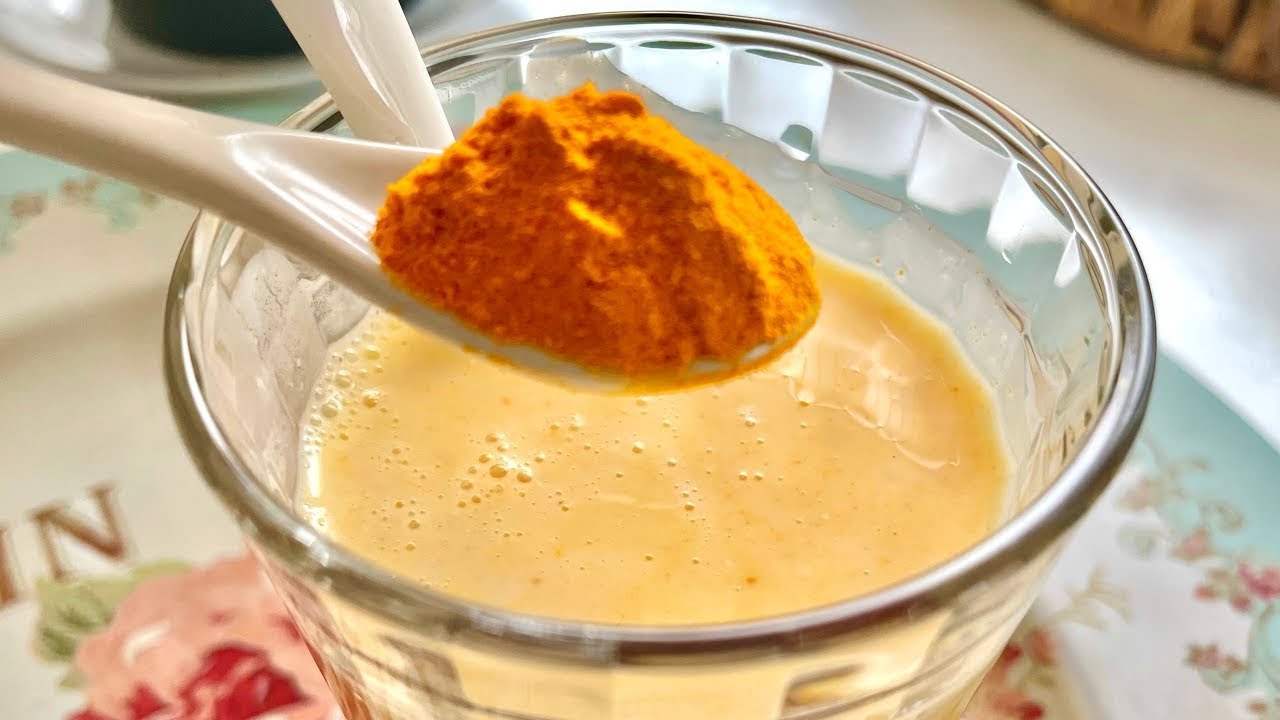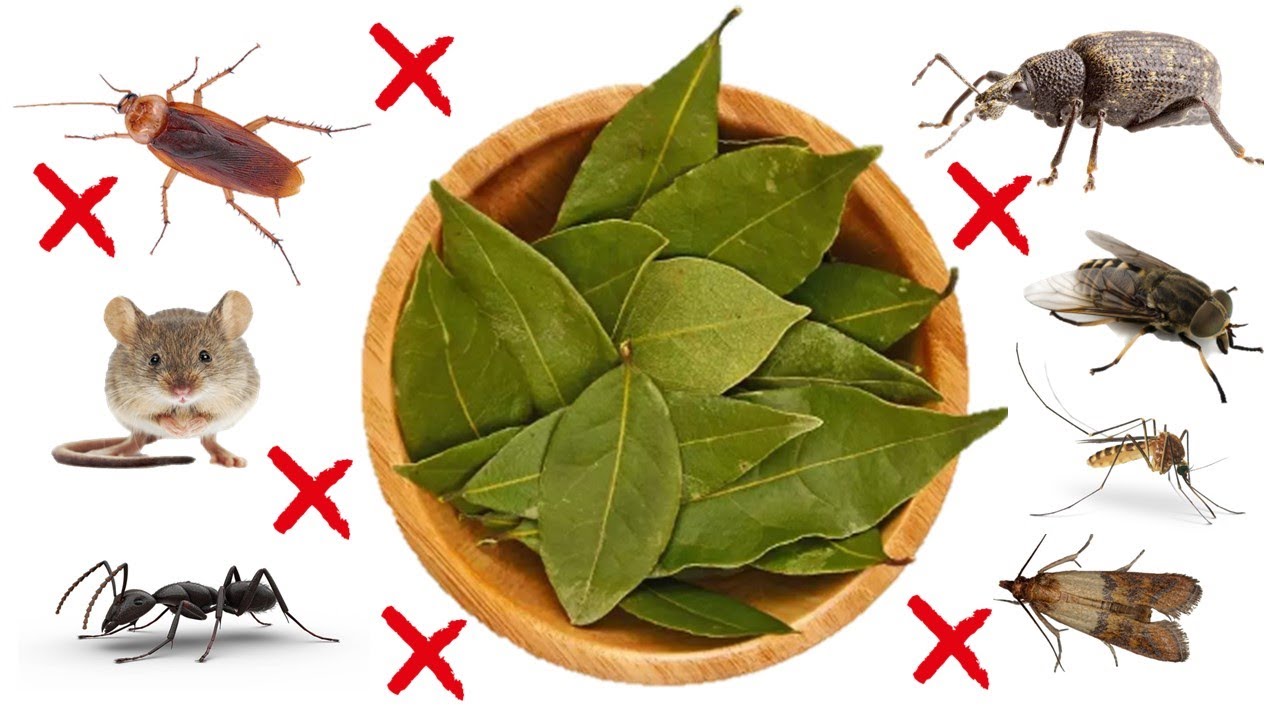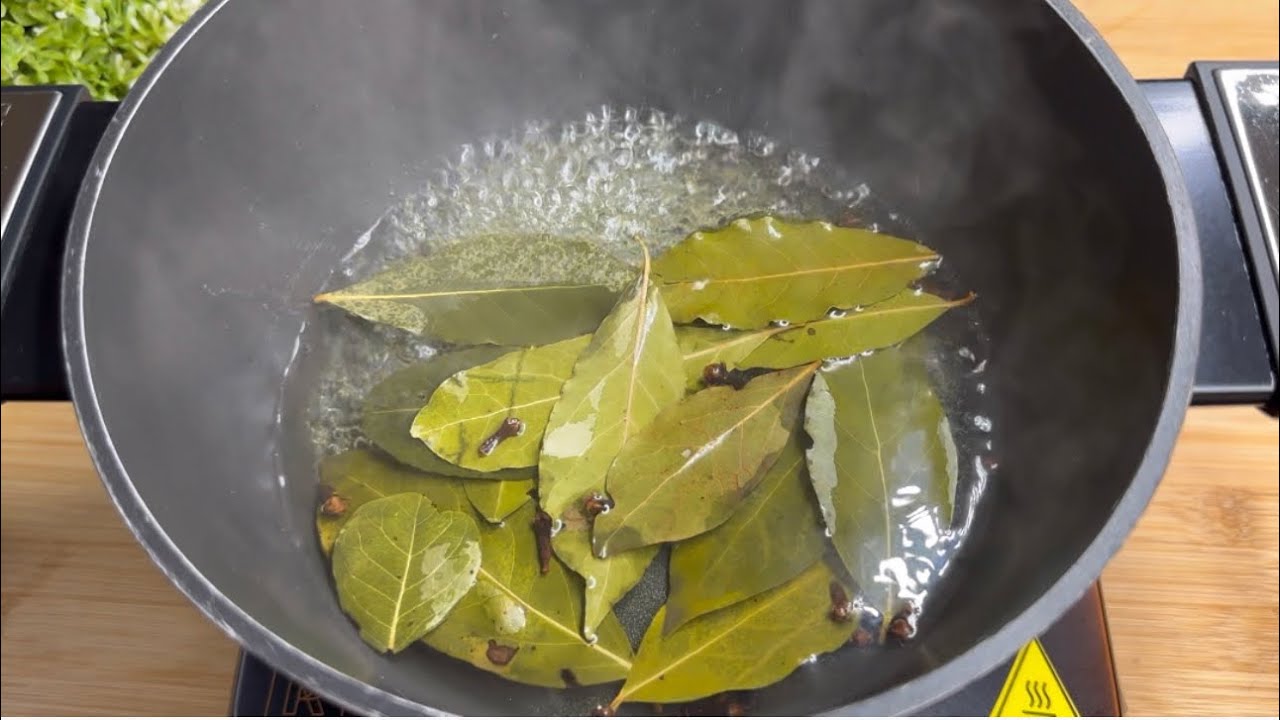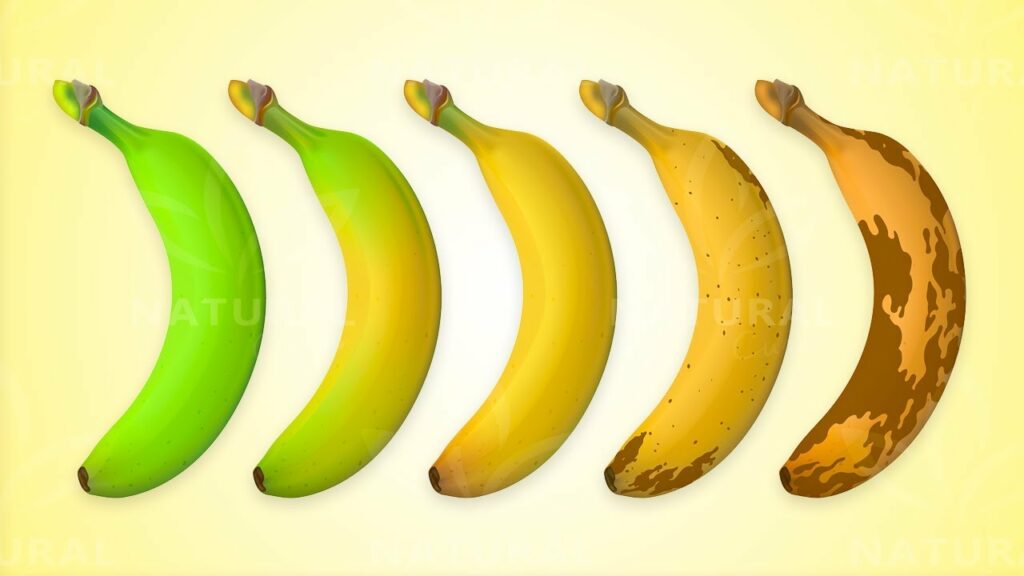
Bananas come in various stages of ripeness, and their color—from green to yellow to brown—can affect their health benefits. The best banana color for your health depends on your personal health needs, as each stage offers unique benefits. Let’s explore the health benefits of bananas at different ripeness stages and help you decide which banana color is best for you.
Green Bananas (Unripe)
Green bananas are firm, less sweet, and higher in resistant starch. Resistant starch acts similarly to fiber, offering various health benefits.
-
Supports Digestive Health: The high amount of resistant starch in green bananas aids digestion and acts as a prebiotic, nourishing healthy gut bacteria. It can help reduce constipation and improve overall gut health.
-
Low Glycemic Index: Green bananas have a lower glycemic index, meaning they cause a slower rise in blood sugar levels. This makes them a good choice for people managing diabetes or looking to control their blood sugar.
-
Keeps You Full: The high fiber content helps you feel fuller for longer, which can support weight management by reducing overeating.
Best For: People looking to improve gut health, control blood sugar, or stay full longer.
Yellow Bananas (Ripe)
Yellow bananas are the most commonly eaten stage. As bananas ripen, the starch turns into simple sugars, making them sweeter and easier to digest.
-
Quick Energy Source: The natural sugars in yellow bananas provide a quick energy boost, making them great for athletes or as a pre-workout snack.
-
Rich in Nutrients: Yellow bananas are an excellent source of potassium, vitamin C, and vitamin B6. Potassium helps regulate blood pressure, while vitamin B6 supports brain function and metabolism.
-
Easy to Digest: The sugars in ripe bananas are easily digestible, which can be helpful for people with digestive issues like acid reflux or indigestion.
Best For: People needing a quick energy boost or a good source of essential vitamins and minerals.
Spotted or Brown Bananas (Very Ripe)
As bananas ripen further and develop brown spots, they become even sweeter and softer, with more antioxidants.
-
Boosts Antioxidants: The brown spots on bananas indicate higher levels of antioxidants, which help protect the body from cell damage and reduce the risk of chronic diseases like heart disease.
-
Eases Digestion: Brown bananas are especially easy on the stomach due to the high sugar content, making them great for people recovering from illness or with digestive sensitivities.
-
May Help Fight Cancer Cells: Some studies suggest that fully ripe bananas, especially those with dark spots, contain TNF (Tumor Necrosis Factor), a substance that may help fight cancerous cells by promoting the elimination of damaged cells.
Best For: People looking for a digestive-friendly snack rich in antioxidants and those recovering from illness.
Conclusion: Which Banana Color is Best for You?
-
Green Bananas: Best for those looking to improve gut health, manage blood sugar, or stay full longer.
-
Yellow Bananas: Ideal for a quick energy boost and those seeking a balance of nutrients like potassium and vitamin B6.
-
Brown Bananas: Great for those needing an easy-to-digest, antioxidant-rich snack, or individuals with sensitive stomachs.
Each stage of banana ripeness offers distinct health benefits, so the “best” banana color depends on your specific health goals. Whether you prefer them green, yellow, or brown, bananas are a healthy, nutrient-dense fruit worth incorporating into your diet!
